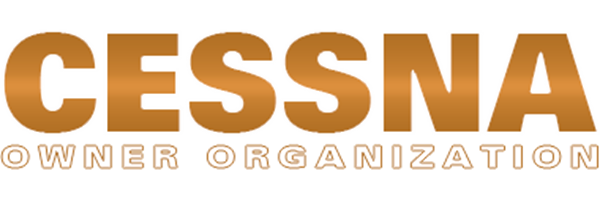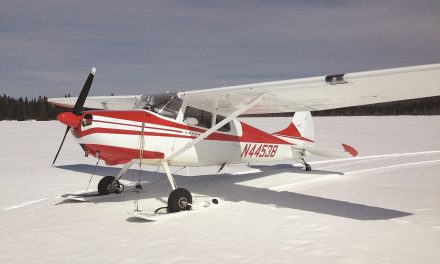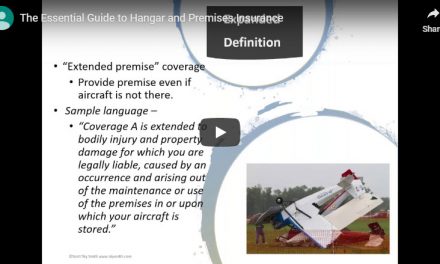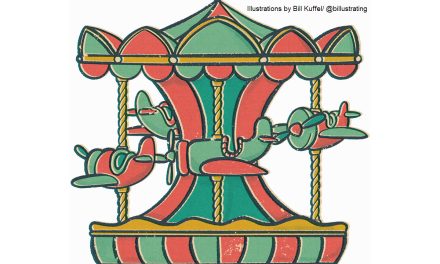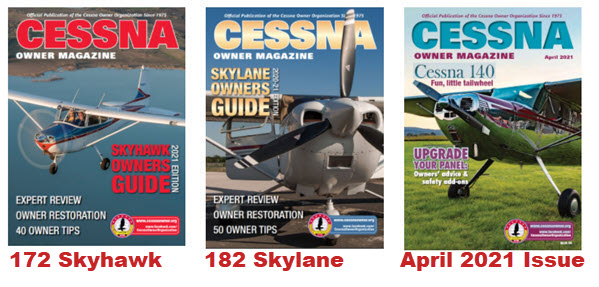In 2004, the sport pilot certificate was introduced. This new category would provide an opportunity for pilots to get a license for daytime flying with one passenger in light aircraft. The category was not only a pilot category but also an aircraft category.
For a few years, a good contact at the EAA provided me with a sport pilot presentation to include in my seminars at the aviation events where I speak. In my mind it was going to be a great opportunity for getting new pilots into the industry. Just think, get a license to fly with only 20 hours of training, buy a plane for $30,000, with just a driver’s license (no FAA Medical required).
As a side note (remember this): The training requirements for a sport pilot airplane are a minimum of 20 hours flight time which includes: 15 hours of flight training from an authorized instructor and 5 hours solo flight.
Why did the FAA and the aircraft groups let the sport pilot category exclude the Cessna 150? The 150 is probably the most popular and highest production aircraft available for people to train in and yet it was over the maximum weight limit allowed for the sport category. Totally crazy.
Originally, sport planes started at a reasonable price. Before long the price went up to hundreds of thousands of dollars. The number of qualified, standard certified aircraft was few and often they were very old. New sport planes were being imported, but as time went on, they increased in value to levels that made it difficult to buy and train in.
I’m not with the FAA, I don’t manufacture airplanes, and I am not a mechanic or a flight instructor. I’m not looking for something exotic from a faraway country, with hard-to-find parts or training. I am just a pilot and conventional aircraft buyer. I want a plane that I can use in all kinds of weather, with decent speed, reasonable purchase price, and affordable maintenance. Kind of like a Cessna 172 or Piper Cherokee.
Sport Pilot 2.0
Sport pilot 2.0, also known as “MOSAIC,” means “Modernization of Special Airworthiness Certification.” This new category expands the original sport pilot privileges to a new category of aircraft.
One of the perks that sport pilots liked was the ability to fly without an FAA medical. This always seemed interesting to me. As a student pilot you need to get at least a third class medical. As a glider pilot (or motor glider pilot) you didn’t need a medical. You were allowed to fly with a valid state-issued driver’s license. That has been around for as long as I can remember.
But this new rule allows sport pilots, and those operating under sport pilot privileges, to fly any sport pilot eligible aircraft, regardless of the aircraft’s certification basis.
What Does This Mean for You?
Well, it opens the door for us to fly existing legacy aircraft as a sport pilot if the plane meets a few requirements. Remember I said the sport category originally wouldn’t accept the Cessna 150? That was because the original sport category had a maximum weight limit of 1,320 pounds. The Cessna 150 and the Cherokee 140 were both over that weight. This new rule eliminates the maximum weight. It is now based more on speed. If the plane has a clean stall speed (Vs1) of 59 KCAS or less (no maximum weight) you can operate as a sport pilot.
There are a few other things that are important. The plane can have a maximum of four seats, but as a sport pilot you can only have one passenger (limited to two occupants). You can also have a controllable pitch propeller and/or retractable landing gear, as long as you have had the appropriate training and endorsements. Plus, you can still fly at night if you have the appropriate training, endorsements, and either an FAA medical or BasicMed.
If you have a private, commercial, or even an ATP, you can still operate as a sport pilot if you follow the guidelines and are utilizing a current and valid driver’s license in lieu of an FAA medical or BasicMed.
To begin using the sport pilot privileges as a private pilot or higher is easy peasy. You can start flying under those rules beginning October 22, 2025, without any special permits or check rides. The key is to make sure you know what the sport pilot privileges are and fly accordingly.
The rest of this article can be seen only by paid members who are logged in.Have a website login already? Log in and start reading now.
Never created a website login before? Find your Customer Number (it’s on your mailing label) and register here.
JOIN HERE
Still have questions? Contact us here.
